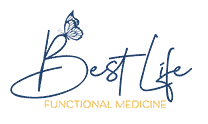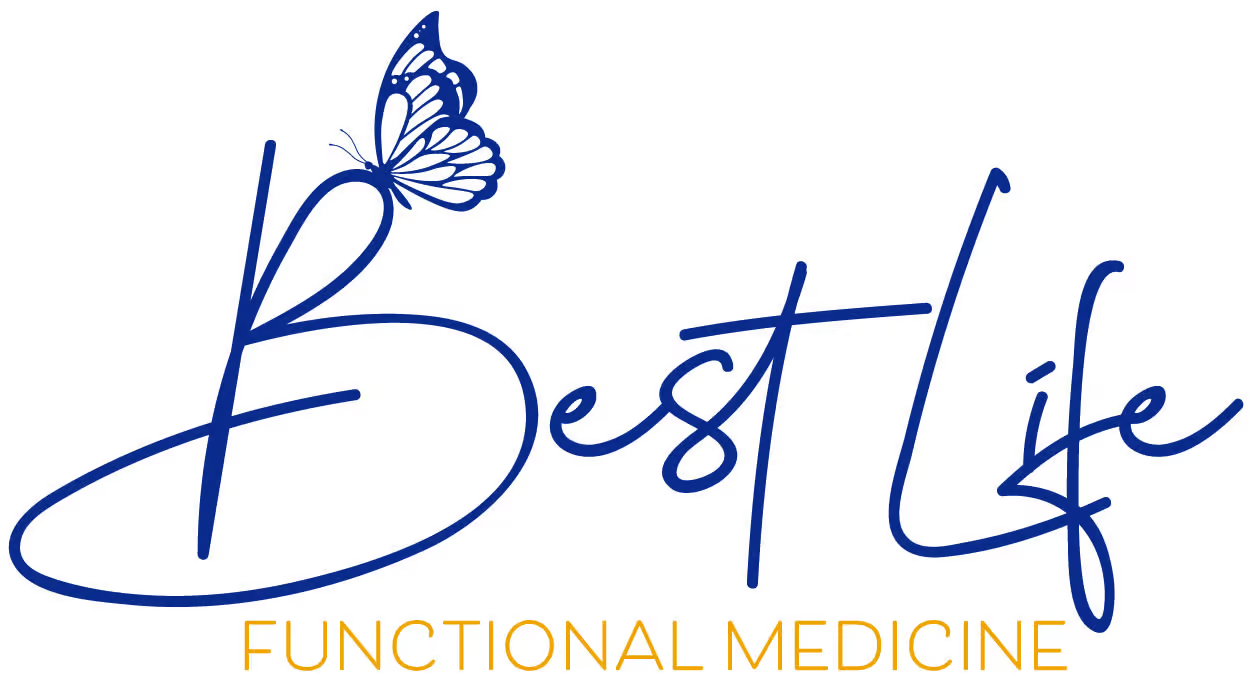Are you where you want to be in life? Do you love the path you’re on and feel satisfied with the choices you’ve made? Is your health and life overall okay or truly amazing? For many, including myself and my patients, life and health are generally good, but we often find ourselves wondering if it could be even better. Can we feel more fulfilled? If so, how?
While we can’t change the past, we can make small shifts in our direction that lead to significant changes over time. For example, if an airplane veers off course by just 1 degree, it will end up 1 mile off its target after 60 miles. A flight from New York City to Los Angeles that deviates by 1 degree will miss its destination by approximately 46 miles. Similarly, small adjustments in our lives can lead to profound changes with time and consistency.
To begin, you must know where you want to go. Any road can take you there if you’re unsure of your destination. The key is to decide where you want to go and then make daily choices that bring you closer to that goal.
Here are the steps I take to achieve my goals and live a purposeful life:
Step 1: Make a list of everything you desire in life. Taking the time to reflect on what you truly want will help you move from autopilot to an intentional path. Dream big!
Step 2: Choose ONE specific goal to focus on. Exercising constraint is essential; we can’t tackle everything at once. Start with one goal, and you can address others later.
Step 3: Write down your chosen goal and place it where you can see it daily.
Next, expect your brain to react! Our brains are wired for safety and often prefer familiar patterns. However, if you continue doing the same things, you’ll end up with the same results. To shift your path, provide your brain with structure and guidance. Understand that fear, doubt, and shame may arise as you pursue new directions—this is a normal part of the process.
Step 4: Anticipate obstacles and brainstorm solutions. Bumps in the road are inevitable. Predict potential challenges and plan for them, recognizing that your brain tends to resist leaving its comfort zone.
Your brain is designed to:
- Seek pleasure
- Avoid pain
- Exert minimal energy
When you introduce new experiences and stretch your comfort zone, uncomfortable emotions may emerge. You might think, “I’m not cut out for this,” or “This works for others, but not for me.” Recognize this as your brain’s protective instinct, but don’t let it keep you stuck. Acknowledge your feelings and keep moving forward.
Step 5: Consult your future self for advice. Visualize where you want to be; your future self has already accomplished it. Ask your future self questions and discover the wisdom within you.
Step 6: Create an action plan. Break down your big goals into smaller, manageable steps. I enjoy checking items off my to-do list, and tackling smaller goals feels less daunting. As you outline your plan, avoid saying “I don’t know.” Replace it with “I don’t know…YET.” You can figure things out or seek help along the way.
Step 7: Set goals with timelines. You may stumble along the way, and that’s okay. Remember, FAIL can stand for “First Attempt In Learning.” Adjust your approach and keep going. The difference between someone who succeeds and someone who fails is often that the latter gives up.
You can achieve anything you genuinely desire.
So, embrace the process: fail, learn, and keep going. The path may be winding, but that’s perfectly normal. Nothing worth having comes easily.
Set goals not out of obligation, but because you want to. Your accomplishments do not define your worth; you are inherently worthy from the moment of your birth. I strive to grow and evolve because I choose to create my life intentionally, rather than letting it happen by default. It takes deciding where you want to go, regularly taking steps toward that destination, and persevering. You can do this too!
You’ve got this!





